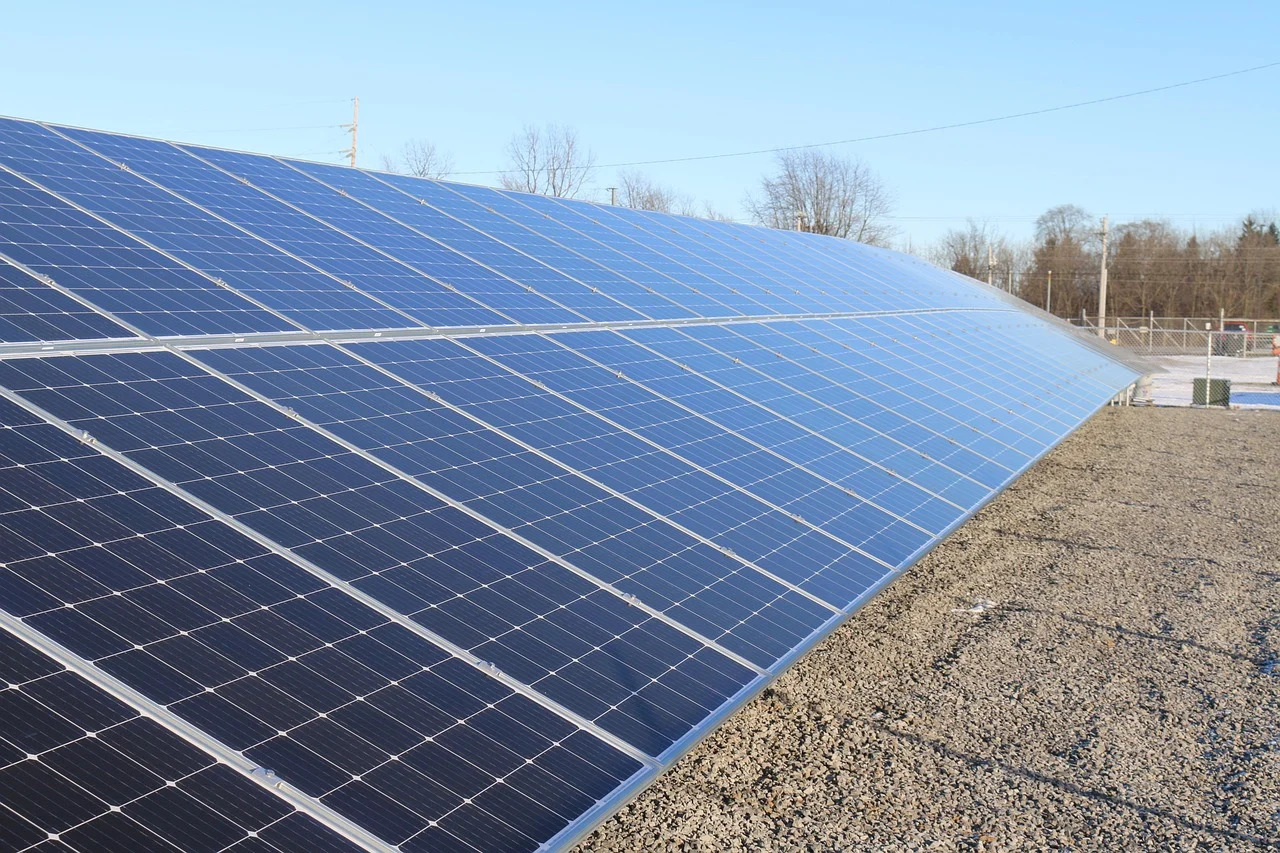Understanding Rack Mounted Standby Generators
A rack-mounted standby generator is a backup power system specifically made for installation into standard server racks or cabinets. Such systems, unlike traditional standalone generators, are customized to environments where efficiency in space, integration, and reliability are a must. We summarize below the main components and features that characterize this novel power solution.
1. Design and Structure
- Rack Configuration: These generators are designed to fit into a server rack enclosure and are therefore very ideal for those places that have space constraints, such as data centers and server rooms.
- Compact Size: Their design has been kept minimal in space to accommodate easy integration with existing structures without tampering with the ongoing work and major changes.
2. Functionality
- Backup Power: A rack-mounted standby generator provides a short period of power during an outage to take over until the main source of supply is restored; they are not designed to operate continuously but rather a reliable stopgap.
- Automatic Transfer Switch: Many models incorporate an ATS that may detect a power outage and transfer the load to the generator with almost negligible time delay. When the power resumes, the ATS switches back to the main source and turns off the generator.
Main Characteristics of Rack-Mounted Standby Generators
1. Power Capacity
The range of power ratings is from some kW to tens of kW. Capacity depends on the number of devices and the infrastructure supported:
- Small installations such as small server rooms: 5-10 kW.
- Large-scale environments like data centers: In this case, higher capacity devices are necessary.
2. Fuel Options
These standby rack-mounted generators come in different types of fuel to enable various forms of operation:
- Diesel: High energy density and very reliable, thus suitable for larger setups.
- Natural Gas: Can be used indoors because it produces cleaner emissions with a more consistent fuel supply.
- Propane: A clean burning fuel stored in tanks for flexible use.
3. Safety and Reliability
Modern rack-mounted generators bear some of the most advanced safety features, such as the following:
- Low Oil Shutoff: This feature helps protect the engine from damage by automatically shutting off the generator when the oil level is low.
- Overheat Protection: This helps protect against excessive heat buildup during operation.
- Noise Dampening: Noise insulation built-in helps reduce operational noise which is critical to work environments that demand quiet, like offices.
Applications of Rack-Mounted Standby Generators
- Data Centers
In data centers, a power failure, however brief, can cause the loss of data, damage to equipment, or enormous financial losses. Rack-mounted generators assure that servers and IT infrastructure are protected and, thereby, ensure the continuity of operations.
- Telecommunications
Telecom networks depend on constant power to operate communication. For this reason, rack-mounted standby generators are perfect for supplying emergency power to information and communication systems.
- Medical Facilities
These generators are used by hospitals and clinics so that vital medical equipment can be sustained and deliver timely medical care during crises.
- Manufacturing Establishments
In industries that rely on automated processes, power outages could lead to a complete stop in production. Rack-mounted generators thus serve as reliable backup systems to avert outages.
- Usage in Houses
Residential use, particularly in regions with frequent power outages, is slowly gaining traction for the compact models.
Advantages of Rack-Mounted Standby Generators
- Space Efficiency
With their compact and rack-compatible designs, generators fade into the background of such spaces with minimal real estate available.
- Easy Integration
They are designed to operate in a plug-and-play manner, sometimes offering remote monitoring options, facilitating easy integration with other available power setups.
- Reliability
Rack-mounted generators offer reliable performance due to their fittings such as ATS and intelligent monitoring that do not require much user intervention.
- Scalability
These can be scaled or supplemented for further additional capacity with increasing power demands.
Rack-Mounted Generators: A Case Study in the Data Center
A medium-sized data center in Texas was often disrupted by severe weather, and rack-mounted standby generators were set to work to solve the problem. These small units were capable of supplying power for critical operations during blackouts, and, when integrated into monitoring systems of the facility, they enabled real-time assessment and proactive maintenance. Would you be surprised if the data center were to declare 90% less downtime, thus increasing client trust in its reliability?
A Maintenance Guide for Rack-Mounted Generators
To ensure long-term reliability of rack-mounted generators, here are some maintenance tips:
- Regular Operation Test: Test the unit regularly to confirm it is ready for operation.
- Fuel Maintenance: Always check fuel levels and, more importantly, fuel quality, which is especially critical in diesel and propane generators being run up to 40 kW in size.
- Filters & Oil: Schedule filter replacement and oil-level watching/adjusting to minimize wear.
- Update Software: Upgrade remote monitoring/control software for better performance.
Benefits of Rack-Mounted Standby Generators
Rack-mounted stand-by generators are the contemporary solution for back-up power necessities: compact and reliable, yet full of functionality. Be it a data center, a telecom network, or a healthcare facility that needs to be assured of its ability to continue functioning without hitches in the event of power failure, these units oblige. Besides ATS and fuel flexibility, today are possibly one of the smartest investments in the areas where space and uptime are equally valuable, thanks to advanced safety features.

.avif)
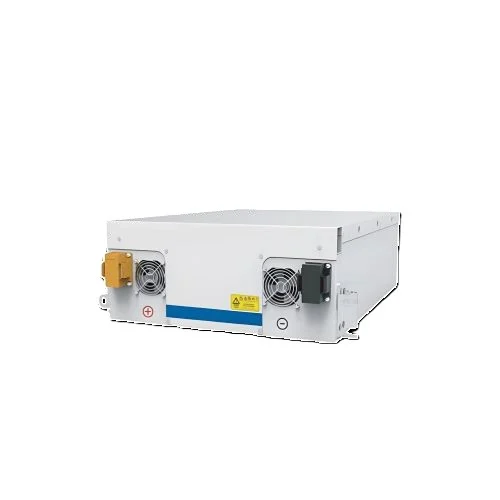
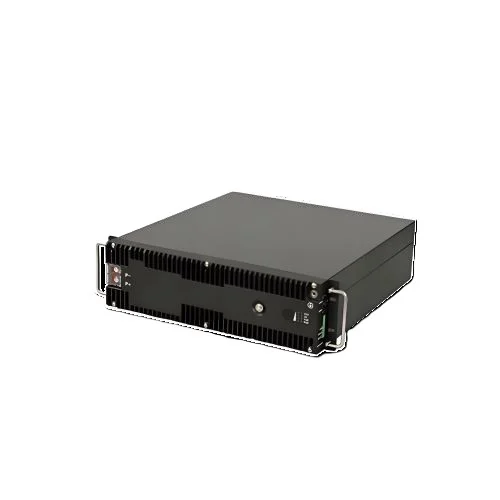
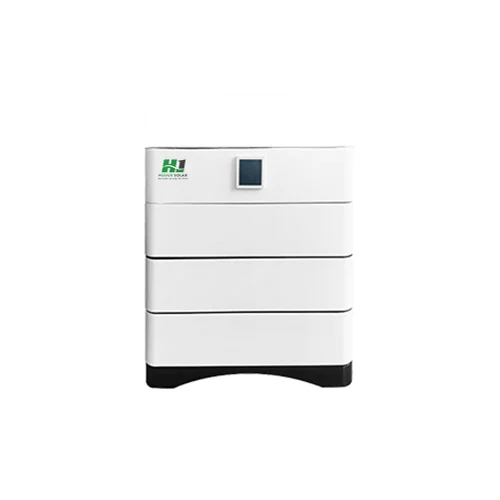
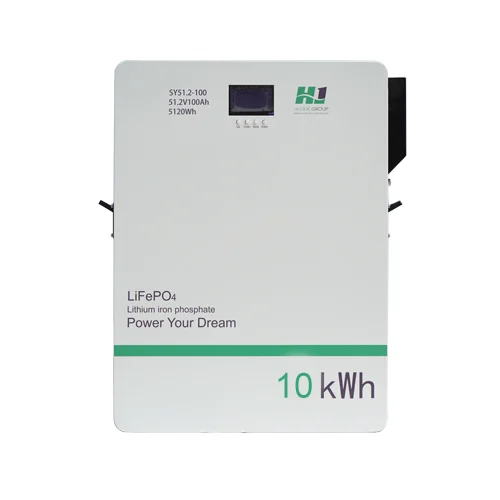
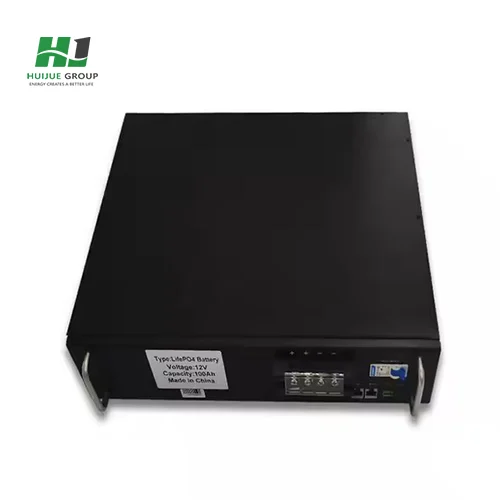
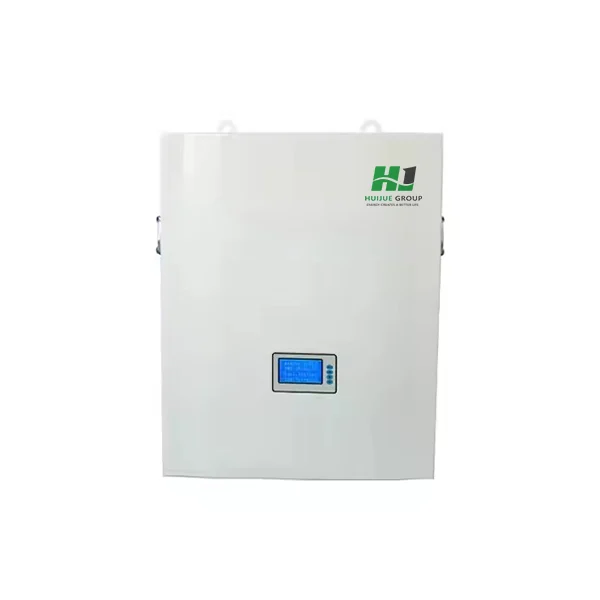
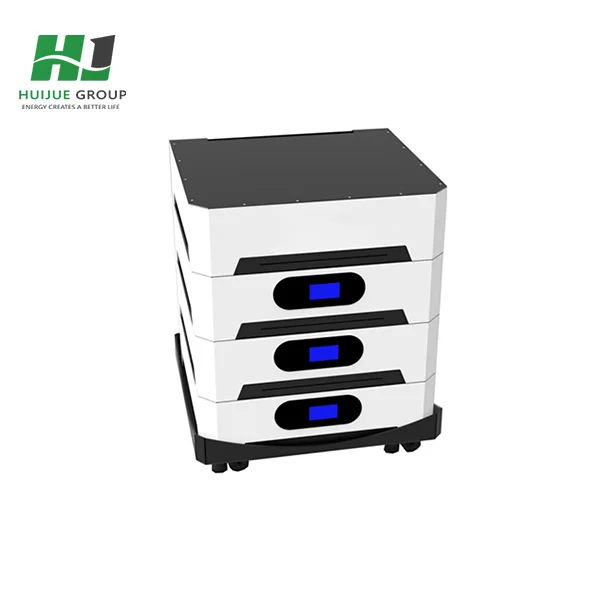
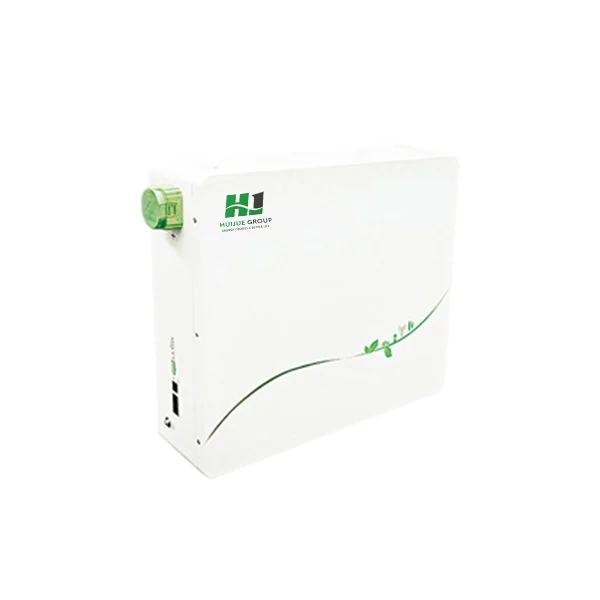
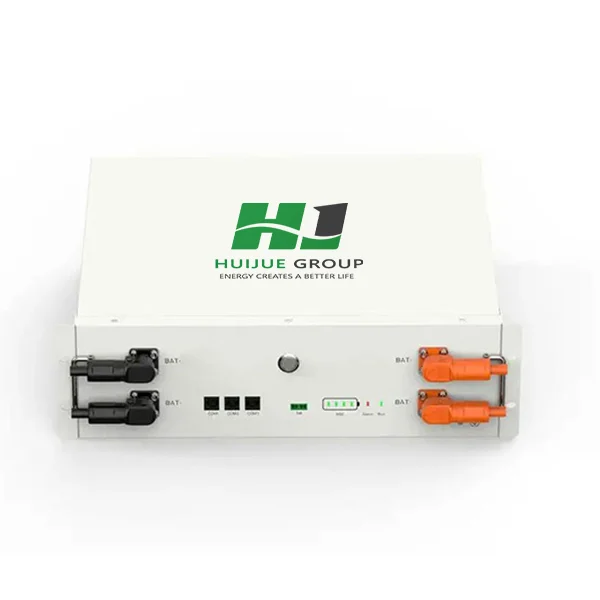
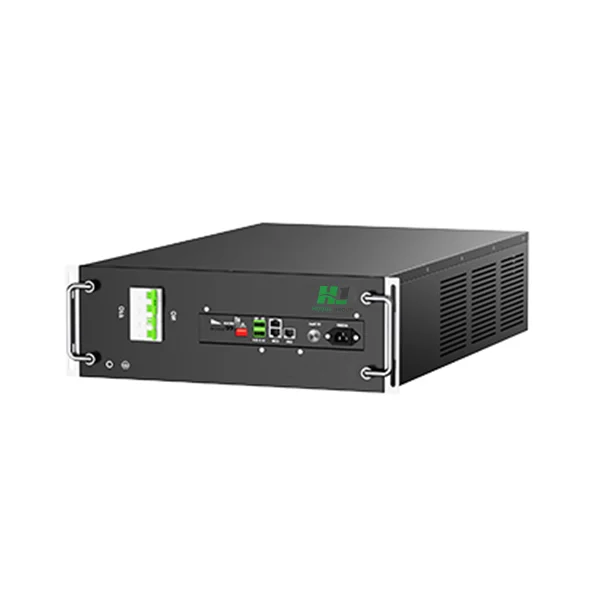
.avif)

